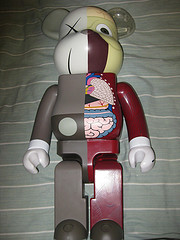Anatomy of a Scene
If you dissect a scene, what do you find? Sandra Scofield, in The Scene Book: A Primer for the Fiction Writer lays out a simple, yet insightful discussion of this concept and it’s usefulness to a novelist.
Here are the basics of a scene:
- Event and Emotion: Something happens and it makes the reader feel something. We’ll say it again: novels are made up of external events, not interior thoughts and feelings. Yes, novels are distinguished by their ability to take a reader inside a character’s head and show us their thoughts and feelings. Yet, paradoxically, the scene is the solid framework of events to which the character reacts.
- Function: Hey, why did you write this scene and include it in your novel exactly here? For example:
- Character: character entrance, develop character’s qualities, build relationship, complicate relationship, argument, making up, romance, etc.
- Plot: conflict, twist, surprise
- Technical stuff: foreshadowing
The question is always, do you need this scene, or could you skip it or just summarize it?
- Structure: There should be a beginning, middle (including a turning point, or as Scofield describes it, a focal point), and end.
- Pulse: This is the emotional content of the scene, the underlying emotions, whether expressed explicitly or implied.

I could spend pages explaining each of these, but a demo will work better. Tomorrow, we’ll look at a film clip and see if you can identify each of these in the clip.
Meanwhile, read Scofield. Her explanations are so good, you should get it directly from the master.
2 thoughts on “0”
Comments are closed.